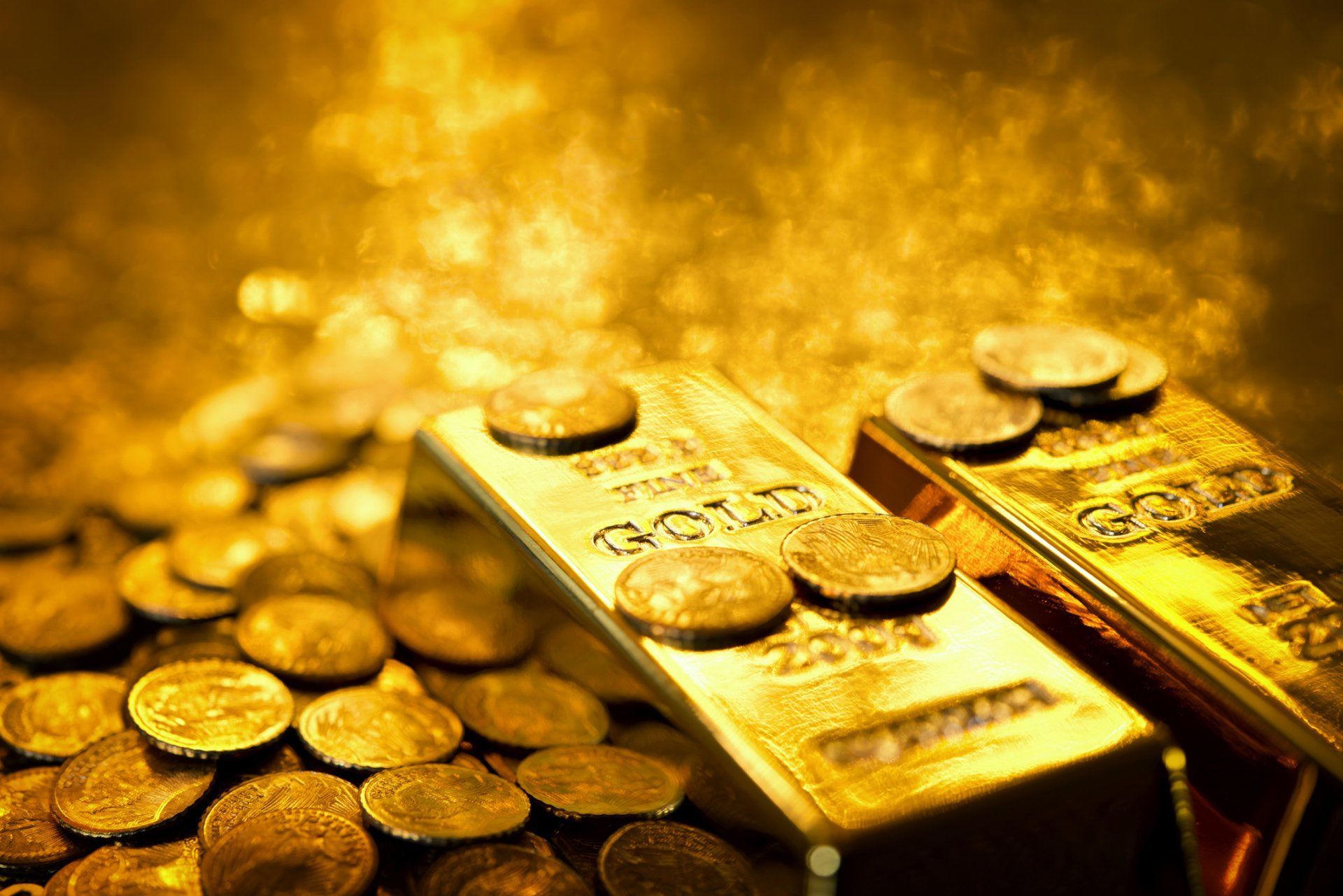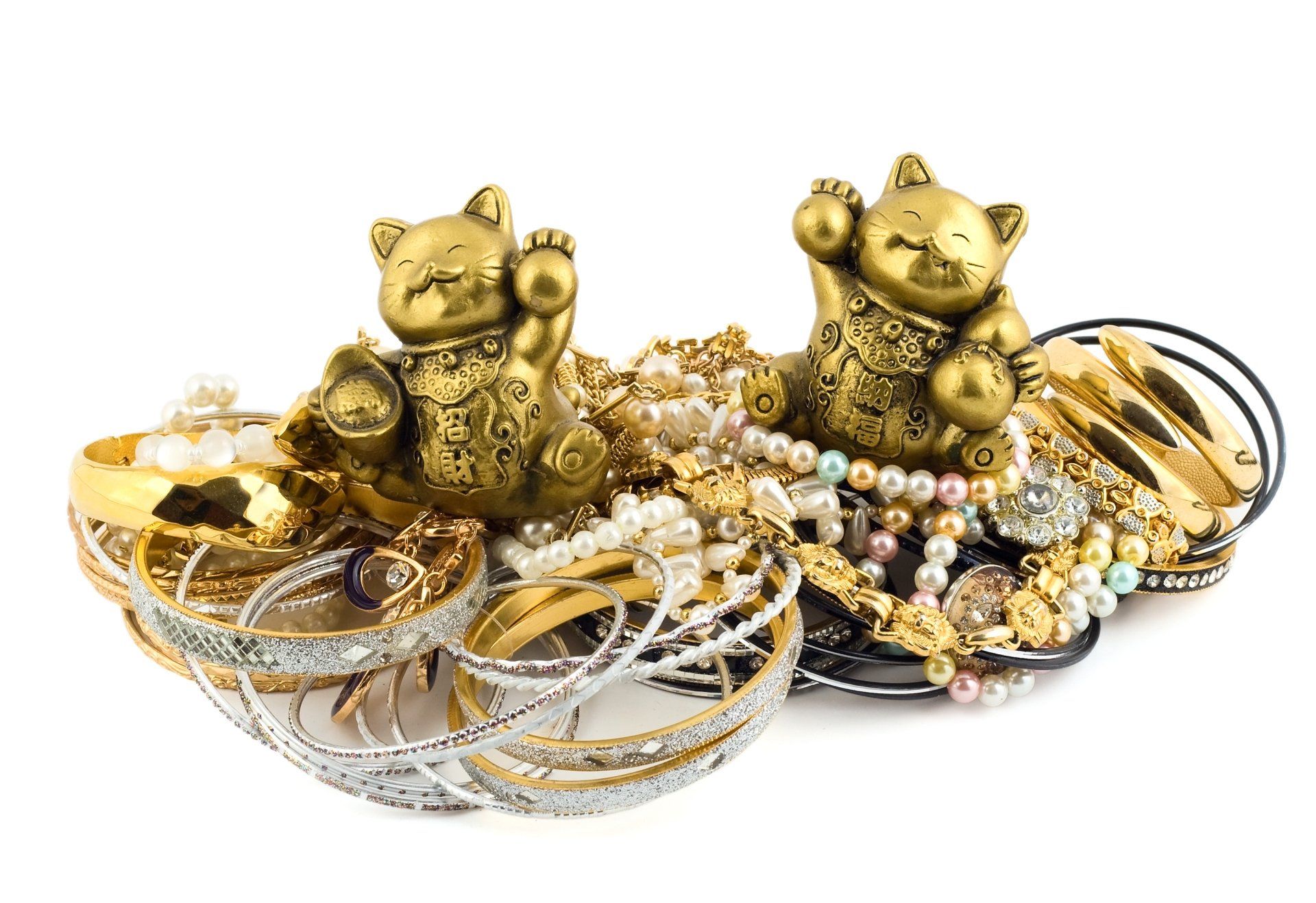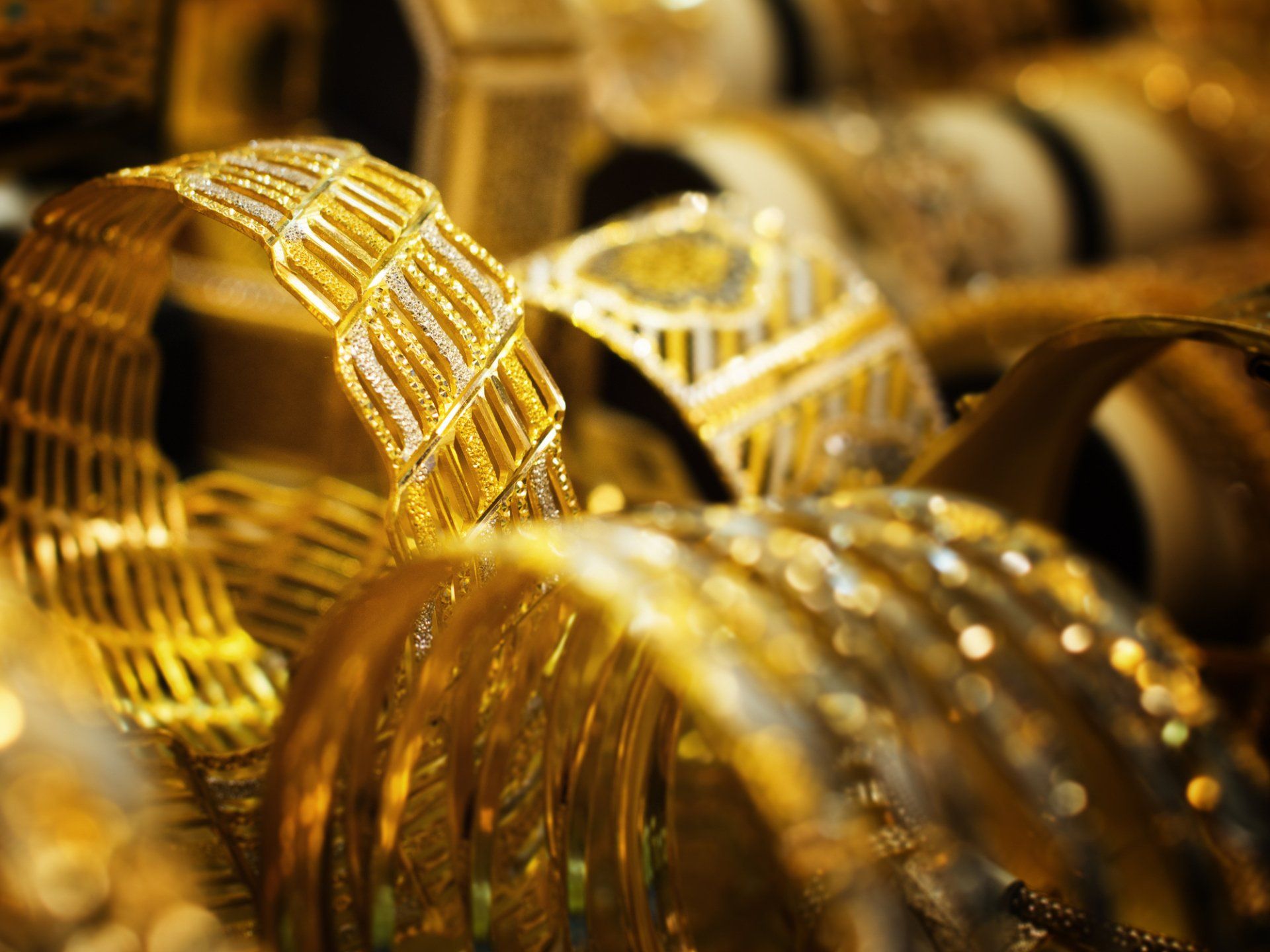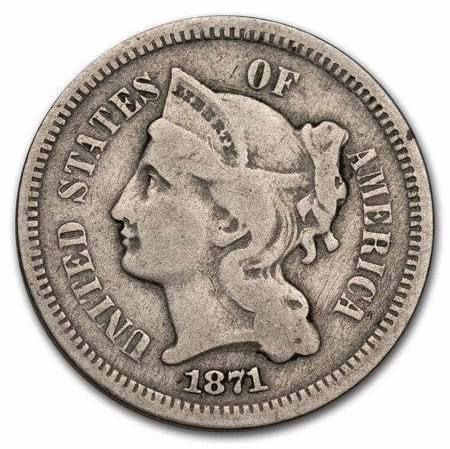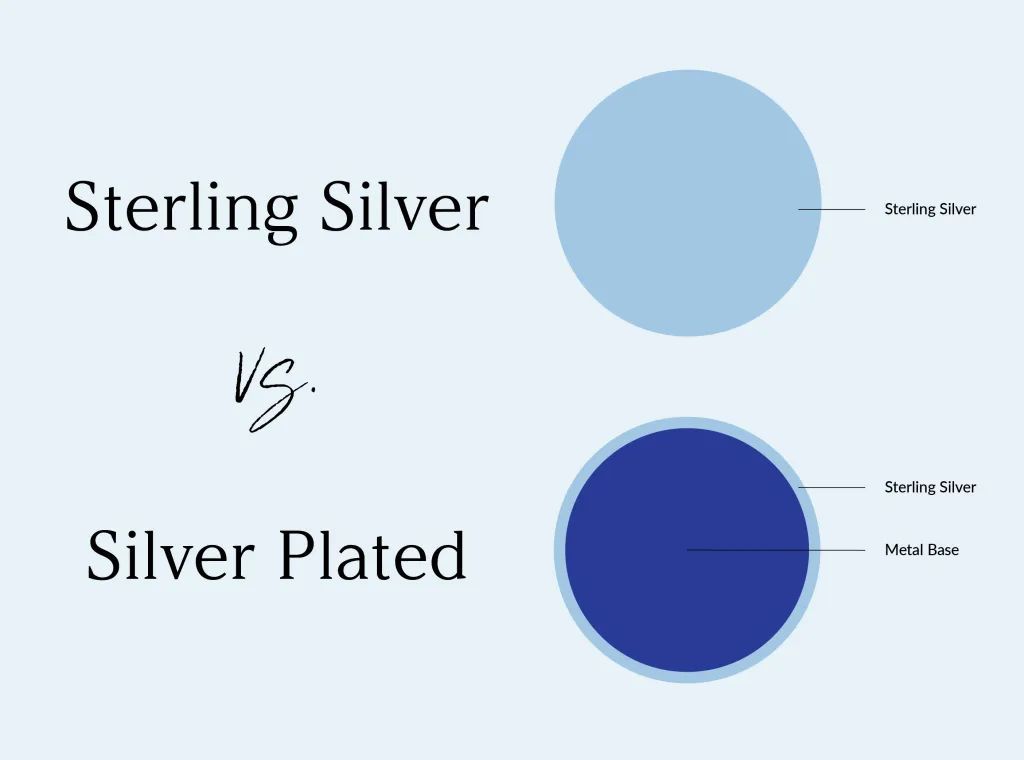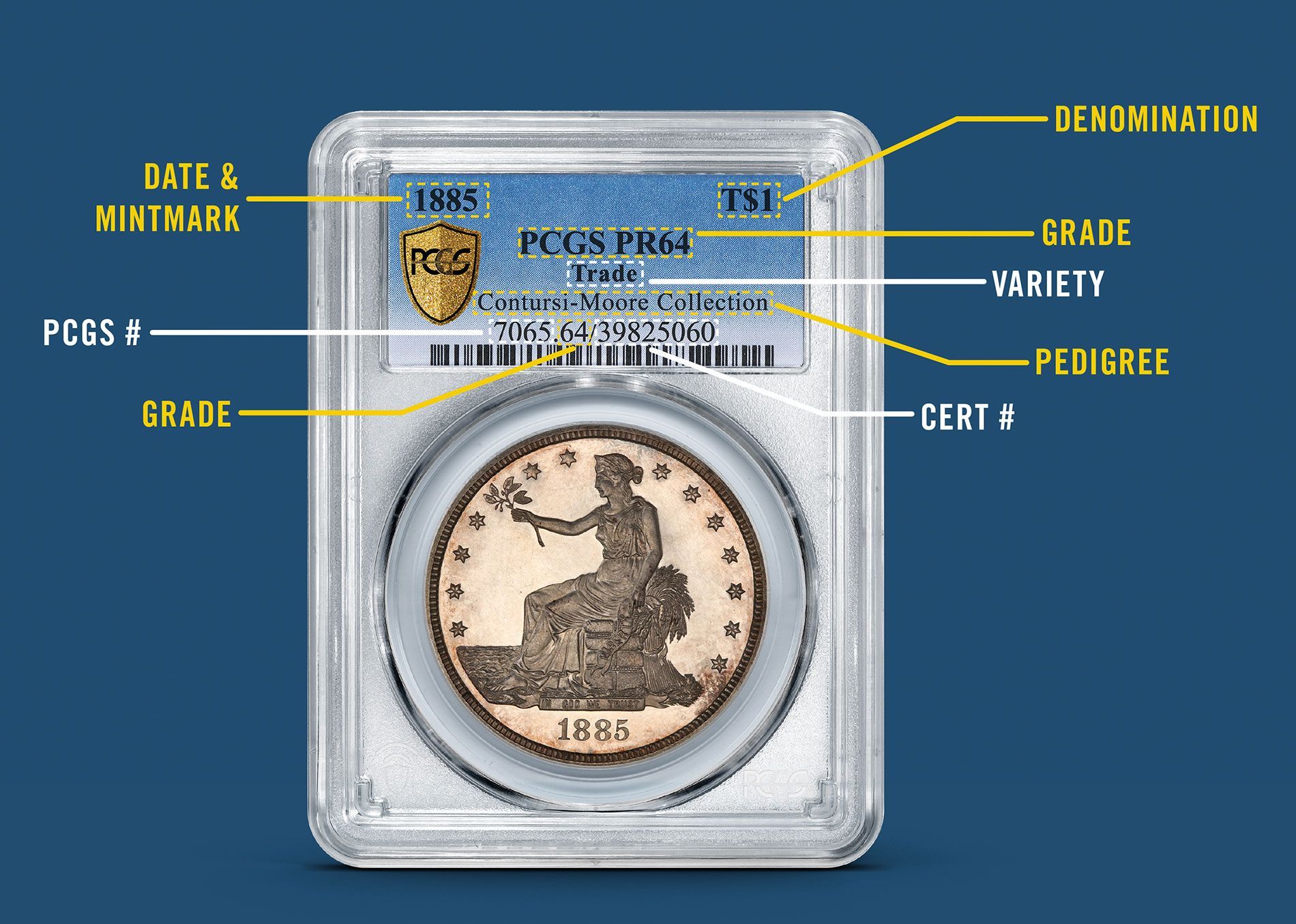By Robin Muldoon
•
June 1, 2023
G old has captivated human civilizations for thousands of years, symbolizing wealth, power, and prestige. However, the extraction and mining of gold can have significant environmental and social impacts. As concerns about sustainability and resource conservation grow, the importance of gold recycling becomes increasingly evident. Gold recycling offers a range of environmental benefits, from reducing the need for mining to minimizing energy consumption and greenhouse gas emissions. In this article, we delve into the reasons why gold recycling is good for the environment. Conservation of Natural Resources: Gold recycling helps conserve precious natural resources. Mining for gold often involves the destruction of ecosystems, habitat displacement, and the use of large amounts of water and energy. By recycling gold, we can reduce the demand for new mining operations and minimize the negative ecological impacts associated with extraction. Recycling gold also reduces the need for additional exploration and mining of gold ore, thereby protecting biodiversity and preserving fragile ecosystems. Energy Efficiency and Reduced Emissions: Gold mining is an energy-intensive process that relies on fossil fuels, contributing to greenhouse gas emissions and climate change. In contrast, gold recycling requires significantly less energy and generates fewer emissions. By reusing gold from existing sources, we can reduce the environmental footprint associated with the extraction, transportation, and processing of new raw materials. The energy savings achieved through gold recycling play a crucial role in combating climate change and achieving sustainability goals. Waste Reduction and Landfill Impact: Gold recycling helps minimize waste generation and the accumulation of electronic waste. Many electronic devices, such as smartphones, tablets, and computers, contain gold components. Instead of discarding these devices into landfills, where they can leach hazardous materials into the soil and water, gold recycling allows us to recover and reuse the valuable gold content. This not only reduces the strain on landfill capacity but also prevents the release of potentially harmful substances into the environment. Reduction of Water Consumption: Gold mining is notorious for its substantial water requirements. The extraction of gold from ore often involves the use of vast amounts of water, which can lead to water scarcity and ecosystem degradation, particularly in water-stressed regions. In contrast, gold recycling significantly reduces water consumption. By recycling gold, we minimize the need for water-intensive mining processes, thereby conserving this precious resource and protecting aquatic ecosystems. Economic Benefits and Circular Economy: Gold recycling offers economic advantages, creating employment opportunities and contributing to local and global economies. Recycling gold promotes the concept of a circular economy, where resources are utilized in a closed loop, minimizing waste and maximizing resource efficiency. As the demand for gold remains high, recycling ensures a sustainable supply of this precious metal, reducing the reliance on new mining operations while simultaneously generating economic value. The environmental benefits of gold recycling cannot be overstated. By choosing to recycle gold, we can conserve natural resources, reduce energy consumption, minimize greenhouse gas emissions, prevent landfill waste, conserve water, and promote a circular economy. As individuals, organizations, and societies, we have a responsibility to prioritize sustainable practices. Embracing gold recycling as an essential part of our resource management strategies is a significant step towards achieving a greener and more environmentally responsible future.


